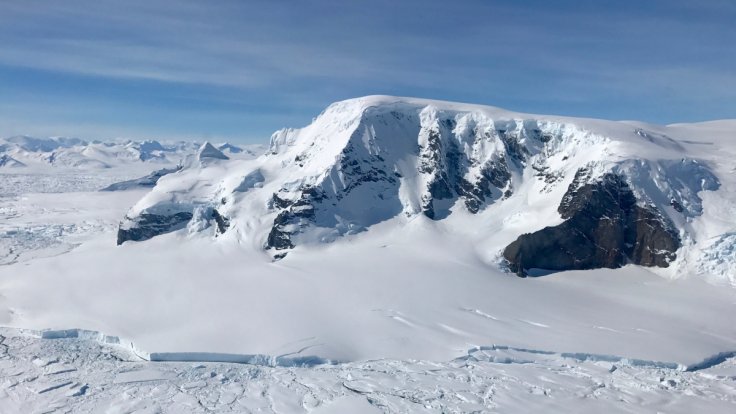
Antarctica's Ross Ice Shelf, which is part of the world's largest ice shelf is melting three times faster than the overall ice shelf average, due to solar heating of the surrounding ocean surface, said an international team of scientists.
In Ross Ice Shelf, which is about as large as France, the ice is melting much more rapidly than previously thought due to inflowing warm water, said the study published in the journal Nature Geoscience. The study showed that solar heated surface water flows into the cavity under the ice shelf near Ross Island, causing melt rates to nearly triple during the summer months.
Craig Stewart from the National Institute of Water and Atmospheric Research (NIWA) in New Zealand said, "The stability of ice shelves is generally thought to be related to their exposure to warm deep ocean water, but we've found that solar heated surface water also plays a crucial role in melting ice shelves."
Although the connection with the ice and the ocean may seem far-fetched, it has long term effects. The Ross Ice Shelf stabilizes the West Antarctic ice sheet by blocking the ice which flows into it from some of the world's largest glaciers; continuous warm currents below it can result in faster melting, which will raise sea levels.
While conducting the study, the team measured temperature, salinity, melt rates and ocean currents in the cavity under the ice, over a period of four years. An ocean mooring was installed in the shelf for this purpose, with instruments deployed through a 260 metre-deep borehole.
"Previous studies have shown that when ice shelves collapse, the feeding glaciers can speed up by a factor or two or three," said Poul Christoffersen of Cambridge's Scott Polar Research Institute. "The difference here is the sheer size of Ross Ice Shelf, which over one hundred times larger than the ice shelves we've already seen disappear."
The study showed that solar rays heated surface water flows into the cavity under the ice shelf near Ross Island, causing melt rates faster than previously thought. Though the Ross Ice Shelf is considered relatively stable, new findings show that it may be more vulnerable than previously thought.
Last year, on November 16, a report stated that radioactive rocks under Antarctica's ice were causing hastened melting of ice, and warm currents played an important role. NASA also issued a warning about an iceberg twice the size of New York breaking off from the Antarctic.









